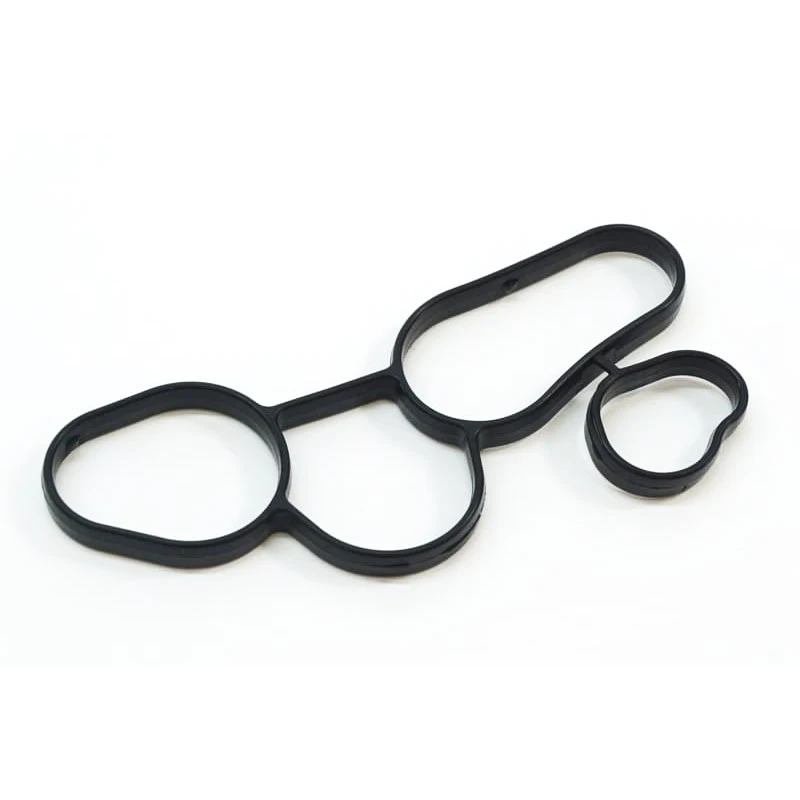Input Shaft Seal for Transfer Case Maintenance and Replacement Guide
Understanding the Transfer Case Input Shaft Seal Importance, Function, and Maintenance
The transfer case input shaft seal is a crucial component in the drivetrain of vehicles equipped with four-wheel drive (4WD) or all-wheel drive (AWD) systems. This component plays a vital role in ensuring that your vehicle operates efficiently and smoothly. In this article, we will delve into the significance, function, and maintenance of the transfer case input shaft seal, as well as the common issues associated with it.
What is the Transfer Case Input Shaft Seal?
The transfer case input shaft seal is a rubber or elastomeric component designed to prevent fluid leaks from the transfer case. It is positioned at the front of the transfer case where the input shaft enters the housing. This seal must withstand various conditions, as it is subjected to heat, pressure, and exposure to differential fluid. Its primary purpose is to ensure that the transfer case remains properly lubricated while keeping contaminants out of the system.
Importance of the Transfer Case Input Shaft Seal
The input shaft seal plays several essential roles in a vehicle's drivetrain
1. Fluid Retention This seal prevents Transmission Fluid or Gear Oil from leaking out of the transfer case, ensuring that the components within the system remain adequately lubricated. Proper fluid levels are critical for maintaining the performance and longevity of the transfer case.
2. Contaminant Protection The seal acts as a barrier against dirt, debris, and other contaminants that could enter the transfer case. Such particles can cause wear and damage to the internal components, leading to premature failure.
3. Efficiency A well-functioning input shaft seal contributes to the overall efficiency of the drivetrain. By preventing fluid loss, it ensures the transfer case operates seamlessly, improving fuel economy and enhancing the driving experience.
Common Issues with the Transfer Case Input Shaft Seal
Despite its importance, the transfer case input shaft seal can experience several issues over time
1. Wear and Tear Like any rubber component, the input shaft seal can degrade due to age, exposure to heat, and constant movement. This can lead to cracks and tears, resulting in fluid leaks.
transfer case input shaft seal

2. Improper Installation If the seal is not installed correctly, it may not create a proper barrier, leading to leaks. Misalignment during installation can cause premature failure.
3. Contamination If contaminants get past the seal, they can mix with the fluid and create sludge, which can harm the transfer case's internal components.
Signs of a Failing Transfer Case Input Shaft Seal
Being aware of the signs of a failing seal can help vehicle owners address issues before they escalate into more significant problems
1. Fluid Leaks The most noticeable symptom is fluid pooling underneath the vehicle. If you notice transmission fluid leaks, it could indicate a compromised input shaft seal.
2. Strange Noises Unusual noises coming from the transfer case can signal internal issues, potentially related to low fluid levels due to a leak from the input shaft seal.
3. Difficulty Shifting If the vehicle has difficulty engaging or shifting between drive modes, this issue might trace back to problems with the transfer case, possibly linked to a faulty seal.
Maintenance and Replacement
Regular maintenance is key to prolonging the life of the transfer case input shaft seal. Vehicle owners should have their drivetrain inspected during routine service intervals to check for any signs of wear or leaks. If a seal is found to be damaged, it is crucial to replace it promptly to prevent further issues.
Replacing a transfer case input shaft seal typically involves removing the driveshaft and the transfer case to access the seal. This process can be intricate, and it is often recommended that a professional mechanic handle the replacement to ensure it is done correctly.
Conclusion
The transfer case input shaft seal may be a small component, but its role is significant in maintaining the functionality and longevity of a vehicle's drivetrain. By understanding its importance, recognizing the signs of failure, and adhering to a regular maintenance schedule, vehicle owners can ensure a reliable and efficient driving experience. Keeping this seal in good condition will not only prolong the life of the transfer case but also enhance the overall performance of the vehicle.
-
The Ultimate Guide to Car Repair Kits: Tools and Essentials Every Driver Should Own
News Aug.01,2025
-
The Complete Guide to Oil Pan Gaskets: Sealing Engine Leaks the Right Way
News Aug.01,2025
-
Preventing Oil Leaks: A Complete Guide to Oil Pan Gaskets and Drain Seals
News Aug.01,2025
-
Everything You Need to Know About Oil Pan Gaskets and Drain Plug Seals
News Aug.01,2025
-
Essential for Car Owners: How to Use a Car Repair Kit to Deal with Minor Breakdown
News Aug.01,2025
-
Comprehensive Guide to Engine Oil Sump Gaskets and Related Seals
News Aug.01,2025
-
The Ultimate Guide to Boat Propeller Bearings and Trailer Wheel Bearings
News Jul.31,2025
Products categories















